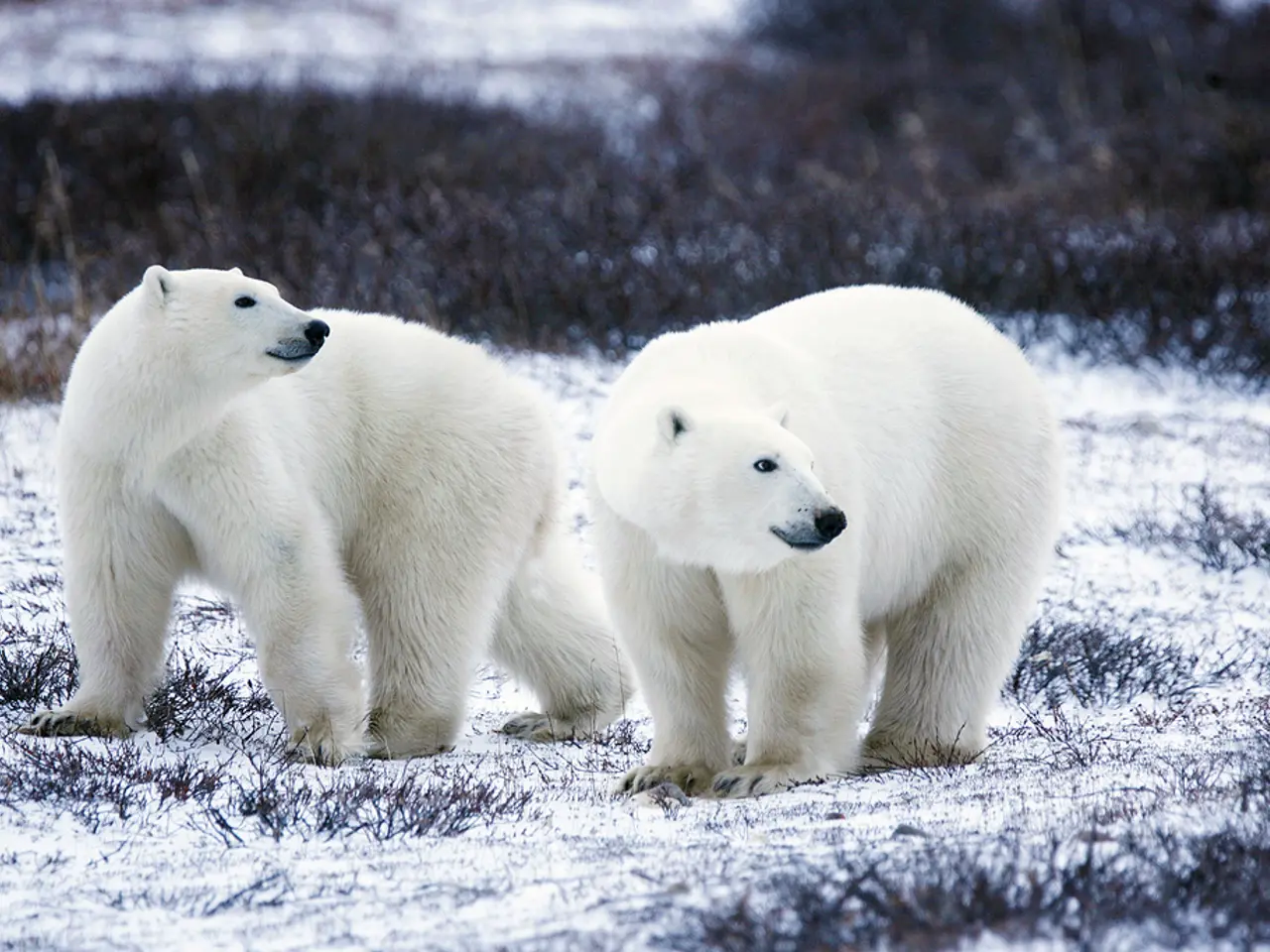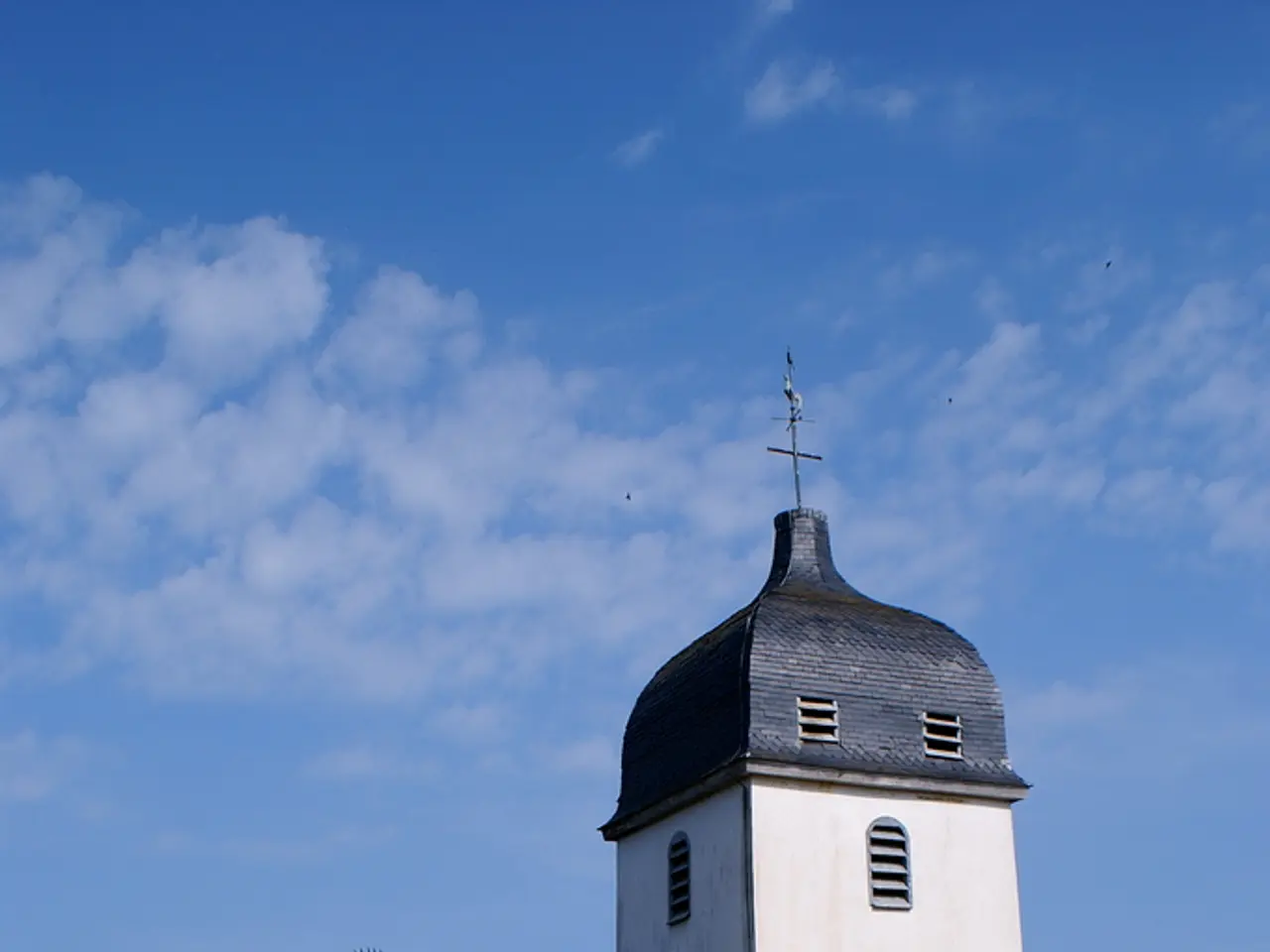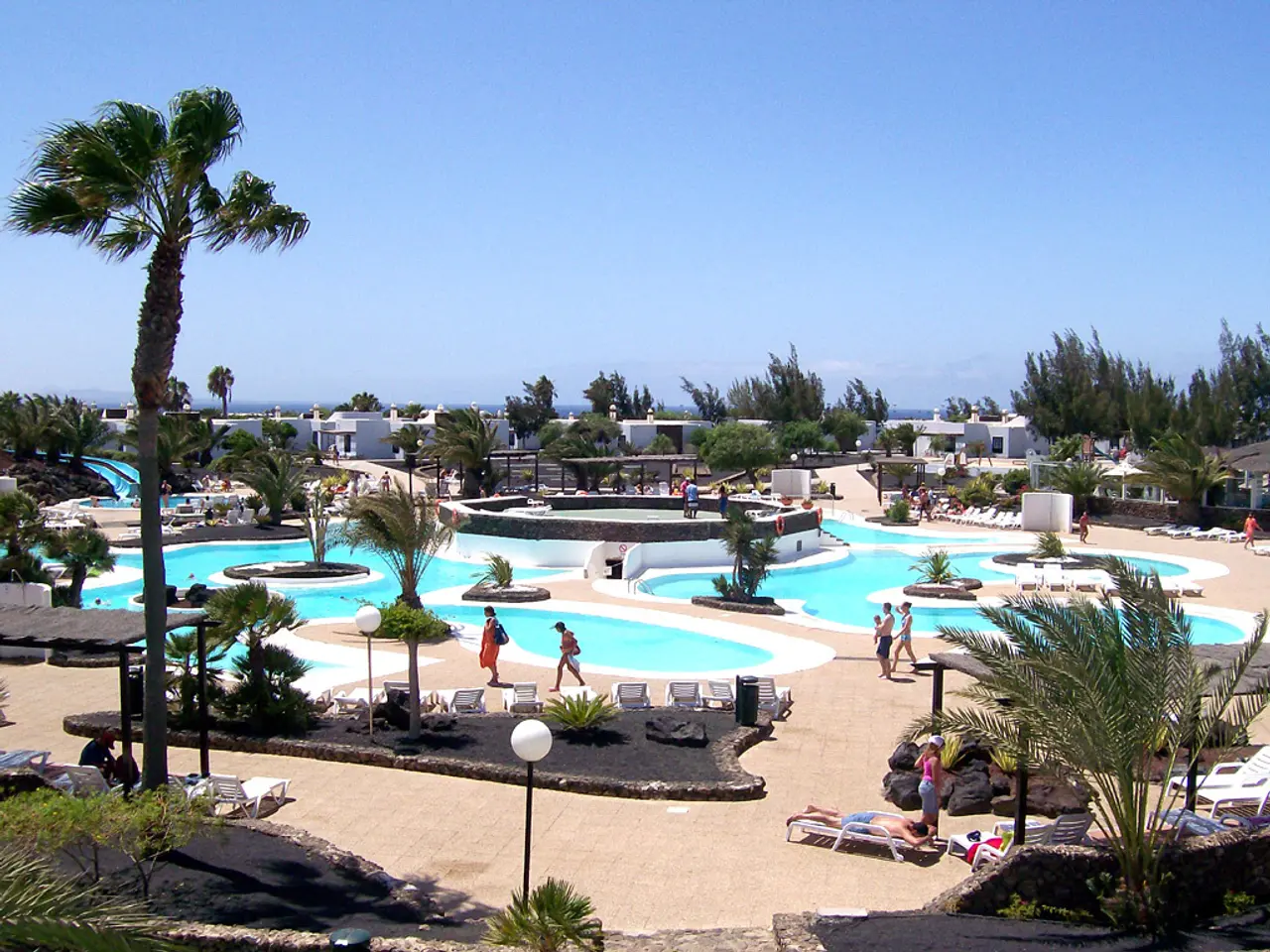Urge Action to Protect Vulnerable Arctic Wildlife Sanctuaries
The **National Petroleum Reserve-Alaska (NPR-A)** is undergoing significant changes with the Trump administration's plans to expand oil and gas leasing. As of June 2025, the Interior Department proposed opening approximately **82%** of the 23-million-acre reserve to drilling, a substantial increase from the previously protected areas[1][3]. This expansion would extend the drilling acreage from around **11.7 million acres** to over **18.5 million acres**, jeopardising ecologically sensitive areas[2][3].
This expansion poses significant risks to **Arctic wildlife**. Key areas under threat include:
- **Teshekpuk Lake**: A crucial habitat for millions of migratory birds, including Brant geese and yellow-billed loons[3]. - **Colville River**: Supports diverse wildlife, including caribou, moose, wolves, bears, and numerous bird species[3].
The drilling could disrupt essential habitats and migration patterns, affecting polar bears, caribou, walruses, and various bird species[1][2].
The expansion also impacts **local communities** by altering traditional subsistence practices. The inclusion of Special Areas in the drilling plan could compromise the cultural and environmental values cherished by indigenous peoples[3].
The western Arctic, home to one of the largest wetlands complexes in the circumpolar Arctic, contains coastal lagoons with various marine life such as whales, seals, walrus, and sea ducks[3]. It is rich in historical and cultural icons and is home to a diverse range of wildlife, including caribou, migratory birds, brown bears, wolverines, and polar bears[3].
Defenders of Wildlife, an organisation committed to conserving wildlife and their habitat in America's Arctic, opposes the Trump administration's plans for unfettered drilling in the Reserve and urges the Bureau of Land Management (BLM) to protect the areas and their extraordinary wildlife values by retaining the current regulation[4].
The changes proposed by the Trump administration include rescinding a regulation that defined the Special Area boundaries and protected resources in the Reserve[5]. If the Trump administration's plans for the Reserve are not stopped, virtually all of Alaska's Arctic could be turned over to the oil industry[5]. This could lead to the destruction or degradation of polar bear critical habitat, exacerbate climate change impacts, degrade water and air quality, and harm wildlife and people in Arctic communities and throughout the nation[6].
The Trump administration's plans for the Reserve have been met with opposition from various quarters, including the Inupiat peoples who have lived in the western Arctic for many thousands of years and continue to do so in communities within or adjacent to the reserve[7].
References: [1] [Interior Department Proposes Drilling in Alaska's Arctic Refuge](https://www.nytimes.com/2020/01/06/us/politics/alaska-arctic-refuge-drilling.html) [2] [Arctic Refuge Drilling Plan Could Harm Wildlife, Report Says](https://www.npr.org/2020/01/10/795430329/arctic-refuge-drilling-plan-could-harm-wildlife-report-says) [3] [Alaska's National Petroleum Reserve-Alaska Fact Sheet](https://www.defenders.org/wildlife/alaskas-national-petroleum-reserve-alaska) [4] [Defenders of Wildlife Opposes Unfettered Drilling in the National Petroleum Reserve-Alaska](https://www.defenders.org/newsroom/press-releases/defenders-wildlife-opposes-unfettered-drilling-national-petroleum-reserve) [5] [Trump Administration's Plan to Open Alaska's Arctic to Drilling](https://www.nytimes.com/2020/01/07/us/politics/alaska-arctic-refuge-drilling.html) [6] [Trump Administration's Plan to Open Alaska's Arctic to Drilling Threatens Wildlife and Communities](https://www.defenders.org/newsroom/press-releases/trump-administration-s-plan-open-alaskas-arctic-drilling-threatens-wildlife) [7] [Inupiat Activists Speak Out Against Trump's Arctic Drilling Plans](https://www.nytimes.com/2020/01/06/us/politics/alaska-arctic-refuge-drilling-inupiat.html)
- The expansion of oil and gas drilling in the National Petroleum Reserve-Alaska proposed by the Trump administration has raised concerns within the realm of environmental science, as the increase could adversely affect the habitats of Arctic wildlife and local communities.
- The policy-and-legislation surrounding the National Petroleum Reserve-Alaska has become a topic of general news and political debate due to the Trump administration's plans to open more areas to drilling, potentially exacerbating climate change impacts and harming various wildlife species.
- The drilling expansion in the National Petroleum Reserve-Alaska and its potential environmental consequences are issues that intersect with organizations such as Defenders of Wildlife, which strive to conserve wildlife and their habitats, particularly in America's Arctic.







